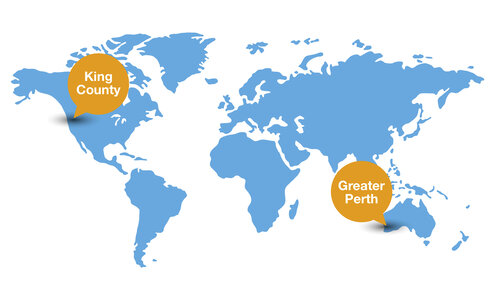
Oniracom recently unveiled our newest study, produced in partnership with international engineering firm ARUP. The in depth analysis is a resource for cities or other entities that are curious how social data can inform key decisions in built environments.
The whitepaper, titled Public sentiment analysis and its explanatory power: Applications to new mobility planning and orchestration, takes an in-depth look at how social data can influence development of mass transit systems, with a specific focus on mobile data in the major metropolitan areas of Seattle, WA and Perth, Australia.

Arup approached Oniracom to determine if social data had real world applications to mass transit planning.
Oniracom’s previous intelligence work with Canberra, Australia used our proprietary data analysis system, Actionable Intelligence™, to interpret travel and emotional sentiment throughout the day.
Advancing Actionable Intelligence™ has become the primary driver at Oniracom.
“Actionable Intelligence™ allows us to sort through massive sets of geolocation data and social posts to produce otherwise unavailable insights into public behavior and emotional sentiment.”
– Mike Wald, Oniracom CMO.
As one of the world’s largest engineering firms with offices in 34 countries, ARUP was on the lookout for new ways to harness the power of social data to aid the cities and other clients they serve. Dylan Melsom of ARUP noted that Oniracom’s prior work for the city of Canberra was unique because it incorporated compelling interactive 3D mapping tools to display emotional sentiment by time of day and location data.
“Oniracom was an excellent research partner, bringing creative energy to the research and a spirit of investigation required in developing understanding. They were able to cut through the noise and bring detailed insight into the human experience of travel through social data. This enabled us to not only improve our collective understanding of the potential applicability of sentiment analysis as a technique, but also to drill deeper into the real points of pain, pleasure and indifference in the world of mobility. Now we understand how patrons on various modes were really feeling.”
– Dylan Melsom of ARUP

The report found that public sentiment and geolocation data alone doesn’t provide sufficient data sets to make definitive decisions about mass transit. However, it does provide valuable behavior, emotional sentiment, and geolocation insights to help inform future engineering projects.

